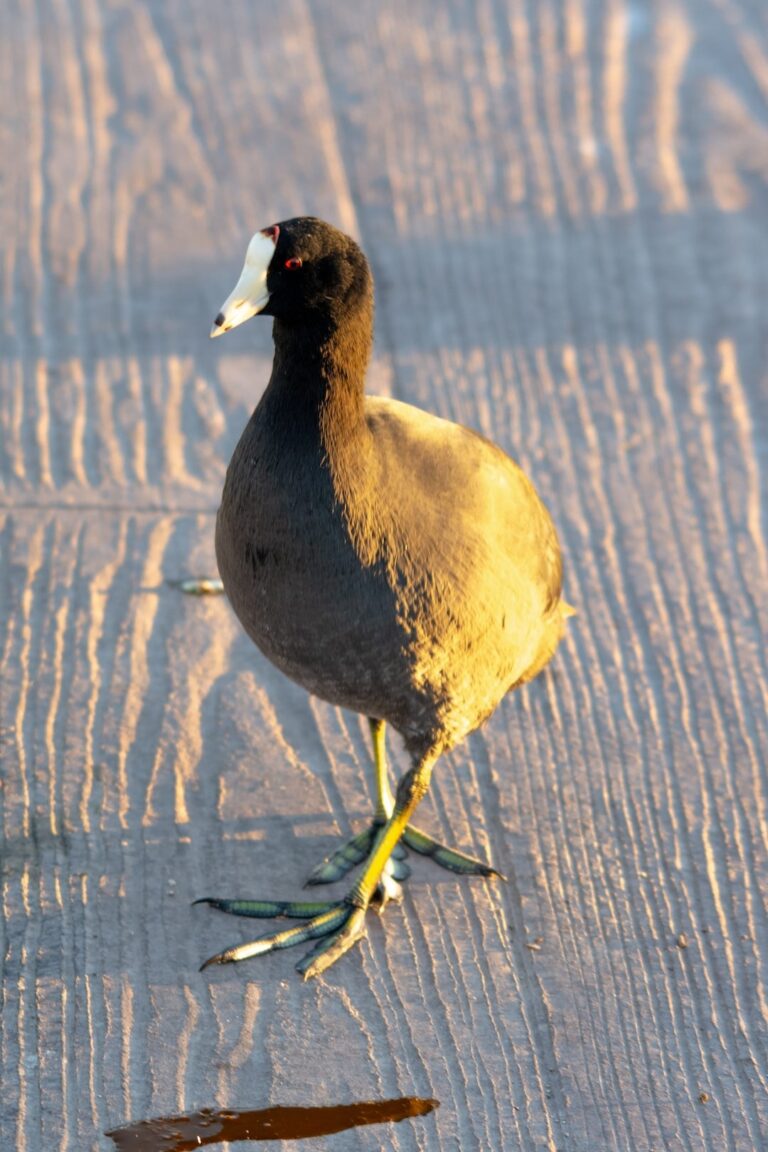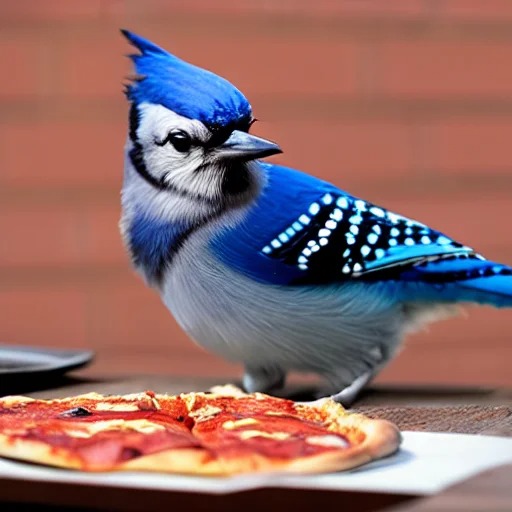The sleep patterns of birds, much like a feather floating on a breeze, can seem enigmatic to many. Questions often arise about the duration of their sleep and their preferred sleeping locations. This article aims to provide a comprehensive understanding of the intriguing sleep habits of birds.
We’ll be discussing various factors that impact their sleep, including their chosen sleeping spots, which can range from nests to roosting sites, and even tree cavities for some species. Ground sleepers, birds that prefer to rest on the ground, will also be a topic of discussion.
Bird care and preservation is a topic that warrants attention, and we’ll be discussing the importance of this in relation to their sleep patterns.
Additionally, we’ll be touching upon contemporary subjects associated with bird sleeping behaviors.
We will also delve into how bird migration and diet affect their sleeping habits. So come along as we journey into the fascinating world of birds and learn more about the secrets behind their sleep.
Contents
Key Takeaways
Sleeping Habits of Birds
Bird species have developed diverse ways and locations to sleep, from high-up roosts to cozy tree cavities or even at ground level. This variety in sleeping behavior is vital for their overall well-being and species survival.
To ensure the continued thriving of our winged companions, we should take into account all factors that influence their sleep patterns. These factors include their travel routes and their diet.
Grasping these nuances allows us to bolster conservation measures more effectively, guaranteeing that these charming beings keep adorning our skies for many future generations.
Sleep Duration
The sleep patterns of birds can differ greatly depending on the bird type and their daily activities. It’s common for birds to need several hours of sleep each night to regain energy.
The sleep process in birds includes two main stages: rapid eye movement (REM) sleep, and non-rapid eye movement (NREM) sleep.
During REM sleep, birds experience intense dreaming and increased brain activity. On the other hand, NREM sleep serves as a deeper, more restorative sleep phase.
Why are these sleep stages important for birds? They play a critical role in ensuring the bird’s sleep is restful and revitalizing. Also, birds often take short daytime naps to save energy and maintain a balanced energy level.
As one might expect, safe and comfortable sleeping locations are crucial for birds. These locations typically include nests and roosting areas. Tree hollows and ground sites are particularly beneficial, as they offer both insulation and protection.
Some birds have developed a unique sleeping behavior referred to as ‘perching sleep.’ This allows them to rest on thin surfaces without the risk of falling. Birds that live near or in water, they’re capable of sleeping while floating.
Communal roosting is another intriguing behavior seen in birds. It provides added safety and warmth, where birds sleep together in a group. Migratory birds display a fascinating adaptation. They’re capable of sleeping while in flight, with one half of their brain awake and the other half asleep.
Providing birds with a suitable environment and care can ensure they get the necessary amount of sleep. Remember, if you’re a bird owner or enthusiast, understanding their sleep patterns can contribute to their overall well-being.
Sleep Cycles
Birds experience sleep in a cyclical pattern that involves periods of rapid eye movement (REM) and non-rapid eye movement (NREM) sleep. The REM phase, which lasts around 15 to 20 minutes, is marked by vivid dreams and heightened brain activity.
On the other hand, the NREM phase, which goes on for 30 to 60 minutes, is a state of deep, restful sleep.
Sleep cycles are not just some random occurrence; they hold significant value for birds. They aid in maintaining energy levels throughout the day, making them a vital part of a bird’s overall sleep quality and recuperation.
Here’s a brief overview of the sleep phases:
| Sleep Phase | Duration | Description |
|---|---|---|
| REM | 15-20 minutes | Marked by vivid dreams and heightened brain activity |
| NREM | 30-60 minutes | A state of deep, restful sleep |
In the words of renowned bird researcher, Dr. Jane Goodall, “Sleep in birds is not just about rest, it’s a critical part of their energy conservation strategy.”
Daytime Napping
Birds have a unique daily rhythm that includes not just their night sleep, but also a period of rest during the day. This daytime rest, often referred to as ‘daytime napping,’ is a way for birds to save up their energy for when they need it most.
The habit is influenced by various factors, such as the conditions of their surroundings and the risk of predators.
This daytime rest is particularly crucial when birds are at their most active, or when their food sources become limited. The nap allows them to maintain a healthy energy balance, which can make a significant difference in their survival.
Here are a few ways daytime napping benefits birds:
- It provides a secure spot for birds to rest and sleep.
- It offers a safe and comfortable environment for raising their young ones.
- It enables birds to preserve their energy during the day, permitting them to partake in activities like foraging and socializing.
In essence, daytime napping is a critical part of a bird’s daily routine. By providing a safe space for rest and taking into account the environmental conditions, birds can effectively manage their energy and significantly increase their chances of survival.
Nests
Birds heavily rely on nests for their day-to-day survival and well-being. These nests serve as a safe haven for birds, providing them with a comfortable space for rest and incubation of their eggs.
Birds are usually the architects of their own nests, crafting them with materials such as feathers for insulation against harsh weather conditions.
These nests also play a significant role in the social life of birds. They serve as a secure space for raising their young and for communal sleep. Apart from nests, some birds also choose to roost in trees, shrubs or even man-made structures.
The advantage of group roosting is the extra warmth and security it offers, making sleep more peaceful for these creatures.
Tree hollows are a preferred sleeping spot for certain species of birds. The reason is, that these cavities provide excellent insulation and protection.
Some birds have adapted to sleeping on the ground, using their natural camouflage and defensive tactics to stay hidden. Other birds have the unique ability to sleep while perched on narrow surfaces like branches or wires, or even while floating on water.
Each of these sleeping spots plays a crucial part in the bird’s survival and overall well-being, demonstrating the adaptability and resilience of these fascinating creatures.
Roosting Sites
Birds not only rely on nests but also utilize various resting spots for their sleep. These sleeping spots can range from trees to shrubs, dense foliage, and even human-made structures.
The collective roosting behavior of birds serves as a protective shield, especially during the cold nights, ensuring their safety and giving them warmth. These resting nooks give birds a haven to rest, sleep, and recharge for the next day.
The choice of their daytime nap spots is influenced by factors such as weather conditions and the danger of predators lurking nearby. These spots are not a luxury but a necessity for the survival and prosperity of various bird species.
For instance, trees serve as a natural protective cover and insulation against predators, and collective roosting acts as an effective survival strategy, providing safety in numbers and shared warmth.
Roosting, thus, allows birds to take a break and conserve their energy in the comfort of their natural surroundings. As a famous ornithologist once said, ‘Roosting is the birds’ way of turning a good night’s sleep into a survival strategy.’
Tree Cavities
Among the many wonders of nature, tree cavities stand out as a sanctuary for birds. Often, birds find these hollows in trees the perfect spot to catch some z’s.
The insulation and refuge from predators that these tree cavities offer make them a prime sleeping spot for a variety of bird species. Picture, for instance, woodpeckers and owls. These feathered creatures are known to rely heavily on tree hollows for their resting needs.
Tree cavities aren’t just for sleeping, though. They also serve as a haven for birds during their breeding season.
The security these cavities offer makes them a popular choice for birds when it’s time to incubate eggs and nurture their offspring.
When it comes to surviving in the wild, tree cavities play a vital role. They offer the birds a secure and warm environment, factors that are crucial for their survival.
These cavities also contribute significantly to the bird’s daily energy balance, making them all the more important.
All things considered, tree cavities are more than just holes in trees. They are an essential part of the life cycle of many birds, contributing to their survival, well-being, and overall energy balance.
As the famous naturalist John Muir once said, ‘In every walk with nature, one receives far more than he seeks.’ This is certainly true for the birds who find solace in tree cavities.
Ground Sleepers
While some birds find solace among tree branches, others opt for the earth’s embrace. These aviary species, known as ground sleepers, utilize effective camouflage and defensive tactics to keep themselves concealed and secure while they rest.
Birds like plovers and nightjars have adopted this ground-sleeping lifestyle as it fits perfectly with their natural environmental preferences.
These ground sleepers have evolved over time to comfortably sleep on hard surfaces, contributing significantly to their survival and reproduction.
They possess specialized tendons and flexor muscles that allow them to maintain their balance even when they’re asleep on uneven or narrow surfaces.
In addition, many of these birds choose to roost in groups, which not only provides additional security but also helps them stay warm during chilly nights.
Ground sleeping, therefore, plays a pivotal role in the survival and propagation of these bird species by providing them with a secure and cozy place for rest.
In essence, the ability to sleep on the ground is a key adaptive trait that significantly impacts the overall health and survival of these bird species. As a famous ornithologist once said, ‘Birds don’t just adapt to their environment, they shape it to suit their needs.’
Perching Sleep
Birds have a fascinating way of resting that’s quite distinct from ours. They have the incredible ability to sleep perched on narrow surfaces such as tree branches or wires, all without the risk of tumbling down.
This form of sleep is referred to as ‘perching sleep’, facilitated by the bird’s specialized tendons and flexor muscles. These unique features automatically clasp their feet around their perch, enabling them to sleep worry-free about falling.
Perching sleep serves as an effective and widely utilized rest strategy for birds. It’s a method that enables them to conserve energy and remain vigilant for predators and other potential hazards in their environment.
Besides, it allows them to maintain balance during sleep, providing a safe and secure spot for them to rest without the threat of tumbling down.
This method of sleep is not just a fascinating fact about birds – it’s a vital survival tool for many species. It contributes to their overall health and alertness, ensuring their ability to thrive in their environments.
As the saying goes, ‘Nature is an artist, creating solutions that are as practical as they are beautiful.’ The case of perching sleep in birds is a perfect example of this.
Conclusion
Birds have evolved to sleep in a variety of ways and places, from roosting spots to tree holes and even on the ground. This range of behaviors plays a significant role in the overall health and survival of bird species.
To help keep our feathery friends flourishing, we need to consider all the elements that shape their sleep habits. This includes their migration patterns and what they eat.
By understanding these details, we can better support conservation efforts and ensure that these lovely creatures continue to grace our skies for generations to come.






